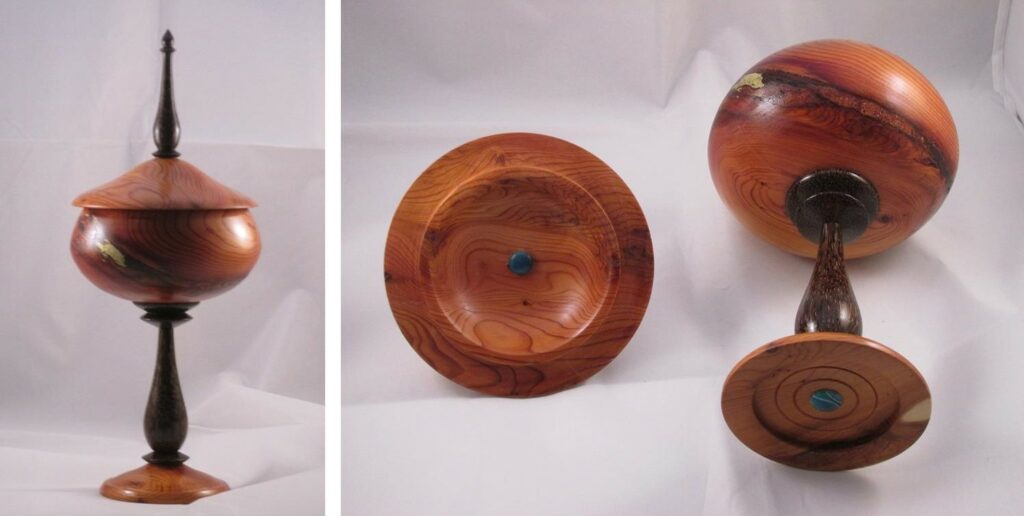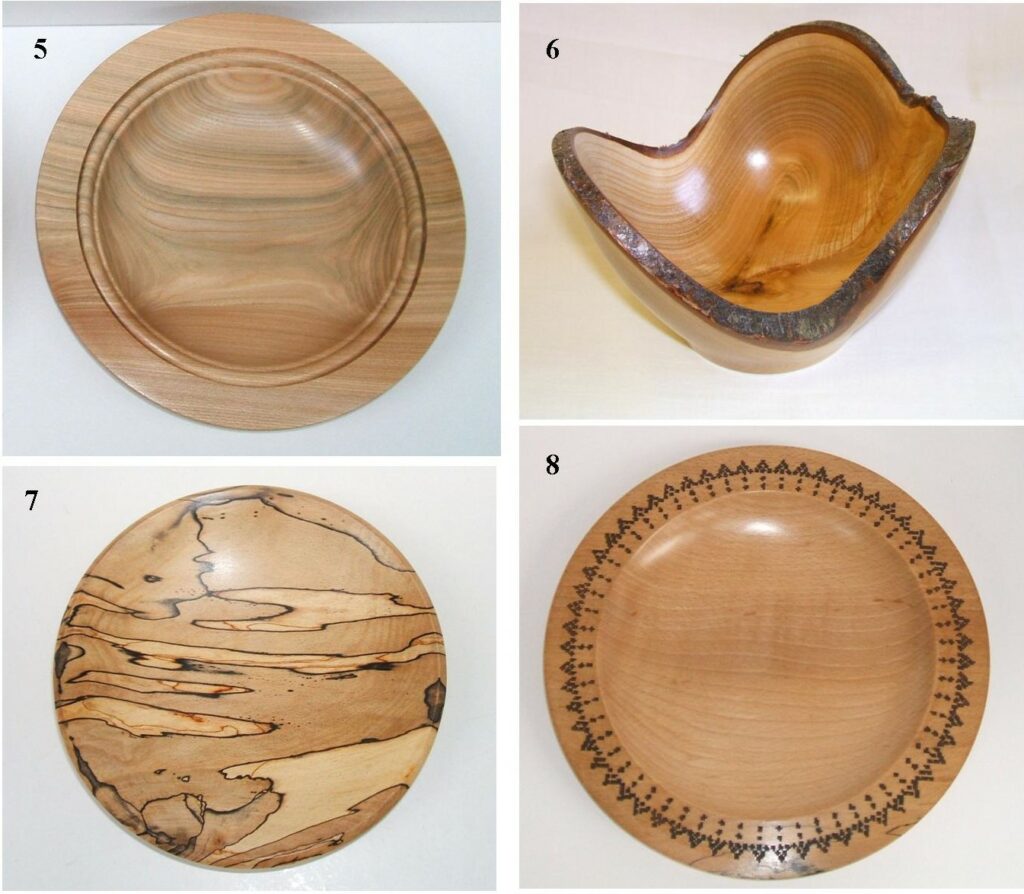Our meeting on the 4th February should have been our AGM (Annual General Meeting), however this was not possible due to the Covid-19 restrictions, instead we prepared a summary of the 2020 years events that was presented by myself as Chairman, Geoff potter as Secretary and Cliff Sim as Treasurer, it will be our intention to have an AGM as soon as we are able to return to meetings safely, this is required for us to meet our constitutional obligations.
As for this meeting on the 4th February 2021, I put out a request for you all to make something or to send me pictures of things you had made in the past, I have to say there was a slight improvement in the number of people who took the time to send me their pictures. I don’t want you all to feel complaisant about this increase, all be it modest, I want you all to keep sending me your pictures or indeed anything else of interest.
Now for this weeks presentations, first up we have Mike Day with a few pictures and this is what he had to say about his entry.
Hi Alec,
Please find attached photos and blurb as my submission for the next lot for the website.
I’m sorry I don’t have a complete set of photos, as once I get into it I completely forget to stop and take them.
This is a lighthouse I made for my son as a Christmas present.
The main part of the lighthouse is Yew. The base and the two pieces above and below the ‘light’ are Elm. I had the idea to use a coloured glass ball as a ‘light’ so that it could be put on a windowsill and would catch the sunlight and ‘glow’.
I started by roughing the Yew log to round and then began to taper it towards one end to resemble a lighthouse tower. I occasionally stopped and used the straight edge of a ruler to make sure the taper was straight. Once I was happy with it I used the point of a skew chisel to make grooves at measured intervals. I then used some wire to burn lines in the grooves. After this was done, I then applied some sanding sealer and friction polish. I parted off the main piece and put this aside.
I then used a small piece of Elm on the lathe with which to make the base and the two pieces above and below the ‘light’. I shaped each piece in turn, applied sanding sealer and friction polish and parted it off. I then moved on to the next section until all three were done.
With all parts completed I was able to move on to assembling it. The 4 pillars around the glass ball are 4mm nylon rod which I found on ebay. I drilled corresponding 4mm holes in the top and base of the light housing and glued in the rod top and bottom, inserting the glass ball half way through.
I hadn’t originally intended to mount it on an Elm burr but decided after the fact that it just needed it. The burr makes for a very effective rocks effect. I gave the burr 3 coats of spray lacquer.
Regards,
Mike Day



John Ruickbie is next with a very nice table lamp, this is what John had to say about his entry,
I won some square pieces of oak at the Christmas raffle . This is how I used them. We required another table lamp so I glued them up with some thin sections of teak which left a recess in the centre avoiding long hole boring. The base was of similar construction but as I had no oak big enough I used elm. When assembling this type of construction it is important to keep right angles and consistent infill thickness to ensure line continuity.
Regards,
John Ruickbie.

Next we have Dave Line, Dave is a regular contributor to the web site, here is his entries and what he had to say about them,
Hi Alec,
Here are a couple of items I have made this year. The first is a natural edge bowl (wood not known), it is 110mm high and 140mm dia.
The second 2 is a lamp, the base is Sycamore and the open segments are Sycamore and Sapele. Again a little problem with chipping when turning the segmented portion. The height is 265mm high and 145mm dia.
Stay safe Dave Line.


Next we have an entry from David Ross, another regular contributor, here is what David had to say about his entry,
Hi Alec
Hope you and your good lady are both well
I made a pedestal box from Yew and Black Palm Wood it is 270mm (10 1/2 inches) high and 110mm (4 1/2 inches) diameter there is small pieces of acrylic fitted to underside if lid and base I also used brass dust and glue to fill some voids and yew sawdust and glue to fill other voids.
David Ross.

Next we have an entry from Nick Simpson, Nick has also been a very regular contributor to the web site, here he has used a very unusual piece of wood to great effect. Here is what Nick had to say about his entry.
Hi Alec
As promised 2 photos for the virtual AGM. As everyone will recognize this is a monkey puzzle platter. It measures 17” (432 mm) diameter and is 5.5mm thick at the edge. It almost shows the confluence of the branches which lies between the front and back faces. It requires painstaking positioning of the original ‘blank ‘to get the plane right even when you get one of those rare pieces where the branches all come off at the same height.
A near miss!
Regards
Nick Simpson.

Now for a few items from myself, most were done some time in the past but I’ll show you them anyway, as you will see not all turned.



Our next meeting should be on the 18th February, this meeting is being arranged by John Ruickbie, John was to include in his presentation, looking at snags and solutions and possible ideas, more to come on this shortly.
Do remember the clubhouse remains closed.


